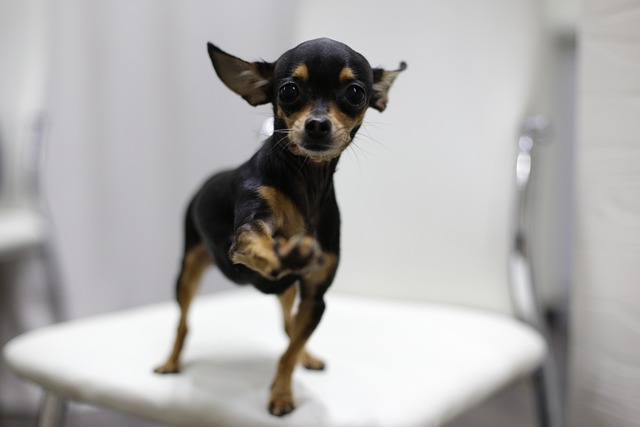
How do i train my dog to be obedient?
Watching your dog dart across the park ignoring your calls isn’t just frustrating—it can put them at risk near busy streets or public spaces.
Potty training any dog can feel like cracking a code, but with tiny breeds, it often seems like there’s an extra layer of difficulty. It’s not your imagination—those pint-sized pups do present unique challenges, but understanding the reasons can make the process a whole lot smoother.
One of the main issues with small dogs is their bladder capacity. A Chihuahua’s bladder is significantly smaller than a Labrador’s, holding just a fraction of the liquid. This means they need to relieve themselves more frequently. Even if you stick to a strict schedule, accidents are more likely simply because nature calls more often. Combine that with their tendency to be more skittish around new environments, and you’ve got a recipe for indoor mishaps.
Another factor is how quickly small dogs mature. Many toy breeds reach sexual maturity earlier than larger dogs, around six months. This hormonal shift can disrupt a previously established potty routine. Plus, their small stature makes it easier for them to mark territory indoors—they can reach low corners and furniture legs without much effort.

But it’s not all doom and gloom. Small dogs are incredibly intelligent and eager to please their owners. The key is to adapt your training methods to their needs. Start by taking them outside every hour, especially after eating, drinking, or waking up from a nap. Use positive reinforcement, like high-value treats and enthusiastic praise, when they do their business in the right spot.
When training tiny dogs, keep in mind local leash laws and public space regulations. In many areas, dogs are required to be on a leash at all times in public, even during potty breaks. Some parks and green spaces also have specific rules about where dogs can and can’t relieve themselves. Ignoring these regulations not only risks fines but can also damage the community’s perception of dog owners.
Consistency is crucial. Small dogs thrive on routine, so try to establish a set schedule for meals, playtime, and potty breaks. And don’t get discouraged by setbacks—accidents are normal, especially during the early stages of training. Just clean them up promptly and avoid scolding your dog, as this can create anxiety and make training more difficult.
Remember, every dog is an individual. Some tiny breeds may pick up potty training quickly, while others may take a bit longer. With patience, understanding, and the right approach, you can help your small dog become a well-trained companion. And the reward of a clean home and a happy, healthy pup makes all the effort worthwhile.

Watching your dog dart across the park ignoring your calls isn’t just frustrating—it can put them at risk near busy streets or public spaces.

New puppy owners often find themselves rushing to clean up accidents before they set in, and that’s where puppy pad training becomes a game-changer.

If you've noticed your dog's waistline disappearing and your veterinarian has mentioned those few extra pounds, your first instinct might be to simply reduce the amount of food in their bowl.

Training a dog to use a designated spot indoors isn’t as daunting as many new owners fear, but it does take consistency and an understanding of your pet’s needs.

That moment of dread on a walk is all too familiar for many new dog owners. You see another dog approaching down the sidewalk of your neighborhood

If the sight of another dog on your neighborhood walk makes your heart sink as your own dog erupts into a frenzy of barking and lunging, you're not alone.